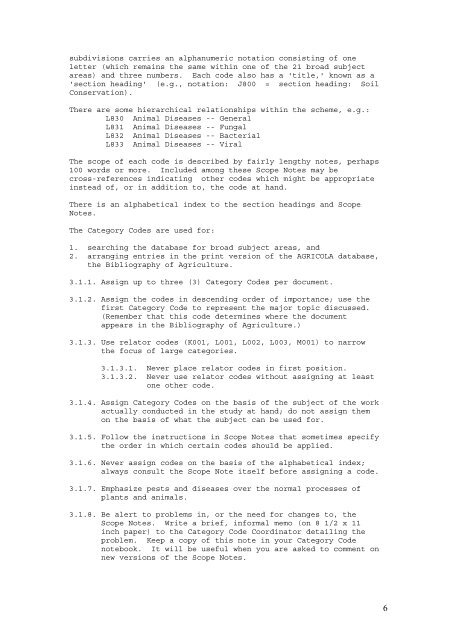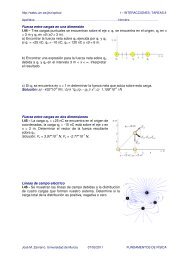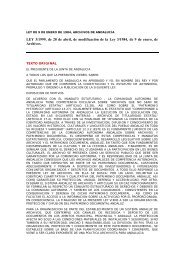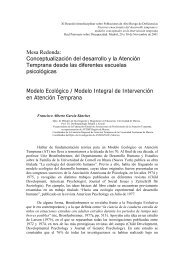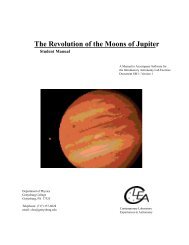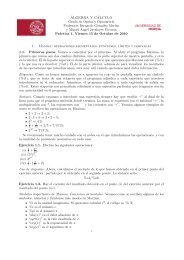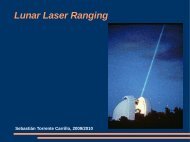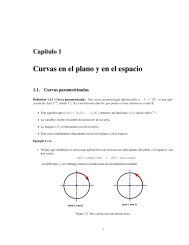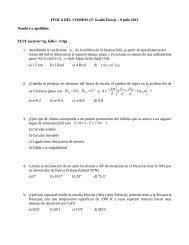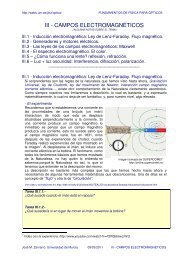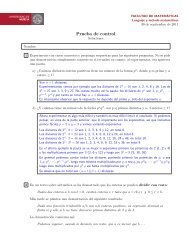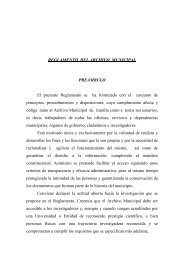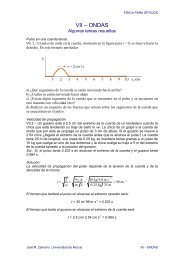AGRICOLA -- Guide to Subject Indexing
AGRICOLA -- Guide to Subject Indexing
AGRICOLA -- Guide to Subject Indexing
Create successful ePaper yourself
Turn your PDF publications into a flip-book with our unique Google optimized e-Paper software.
subdivisions carries an alphanumeric notation consisting of oneletter (which remains the same within one of the 21 broad subjectareas) and three numbers. Each code also has a 'title,' known as a'section heading' (e.g., notation: J800 = section heading: SoilConservation).There are some hierarchical relationships within the scheme, e.g.:L830 Animal Diseases -- GeneralL831 Animal Diseases -- FungalL832 Animal Diseases -- BacterialL833 Animal Diseases -- ViralThe scope of each code is described by fairly lengthy notes, perhaps100 words or more. Included among these Scope Notes may becross-references indicating other codes which might be appropriateinstead of, or in addition <strong>to</strong>, the code at hand.There is an alphabetical index <strong>to</strong> the section headings and ScopeNotes.The Category Codes are used for:1. searching the database for broad subject areas, and2. arranging entries in the print version of the <strong>AGRICOLA</strong> database,the Bibliography of Agriculture.3.1.1. Assign up <strong>to</strong> three (3) Category Codes per document.3.1.2. Assign the codes in descending order of importance; use thefirst Category Code <strong>to</strong> represent the major <strong>to</strong>pic discussed.(Remember that this code determines where the documentappears in the Bibliography of Agriculture.)3.1.3. Use rela<strong>to</strong>r codes (K001, L001, L002, L003, M001) <strong>to</strong> narrowthe focus of large categories.3.1.3.1. Never place rela<strong>to</strong>r codes in first position.3.1.3.2. Never use rela<strong>to</strong>r codes without assigning at leas<strong>to</strong>ne other code.3.1.4. Assign Category Codes on the basis of the subject of the workactually conducted in the study at hand; do not assign themon the basis of what the subject can be used for.3.1.5. Follow the instructions in Scope Notes that sometimes specifythe order in which certain codes should be applied.3.1.6. Never assign codes on the basis of the alphabetical index;always consult the Scope Note itself before assigning a code.3.1.7. Emphasize pests and diseases over the normal processes ofplants and animals.3.1.8. Be alert <strong>to</strong> problems in, or the need for changes <strong>to</strong>, theScope Notes. Write a brief, informal memo (on 8 1/2 x 11inch paper) <strong>to</strong> the Category Code Coordina<strong>to</strong>r detailing theproblem. Keep a copy of this note in your Category Codenotebook. It will be useful when you are asked <strong>to</strong> comment onnew versions of the Scope Notes.6


